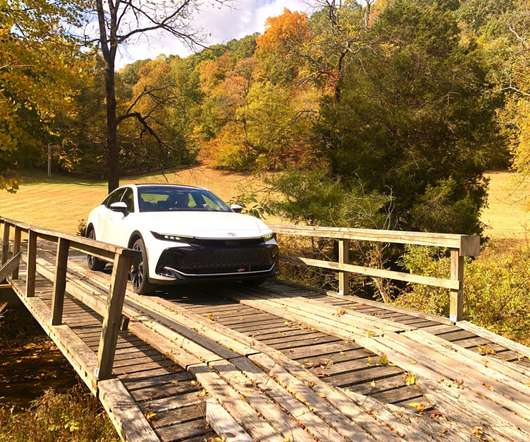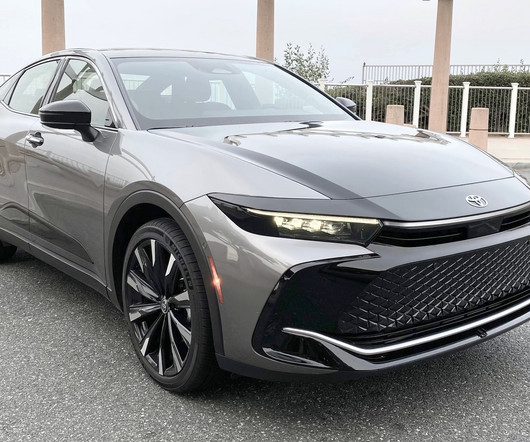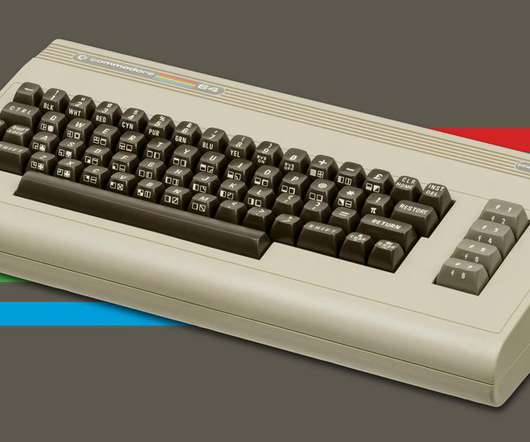Toshiba opens Hydrogen Energy Research & Development Center
Green Car Congress
APRIL 6, 2015
Working towards the realization of local energy production for local consumption, Toshiba Group says it will develop a practical energy supply system that uses renewable energy to power hydrogen-generating water electrolysis systems, and then uses fuel cells to convert that hydrogen to electricity as and when needed.




















Let's personalize your content